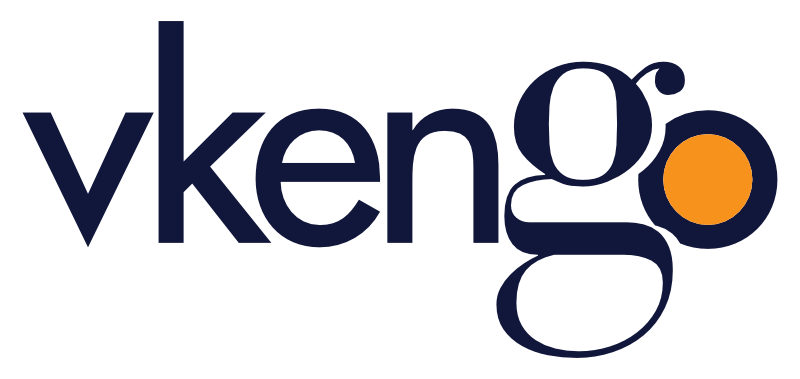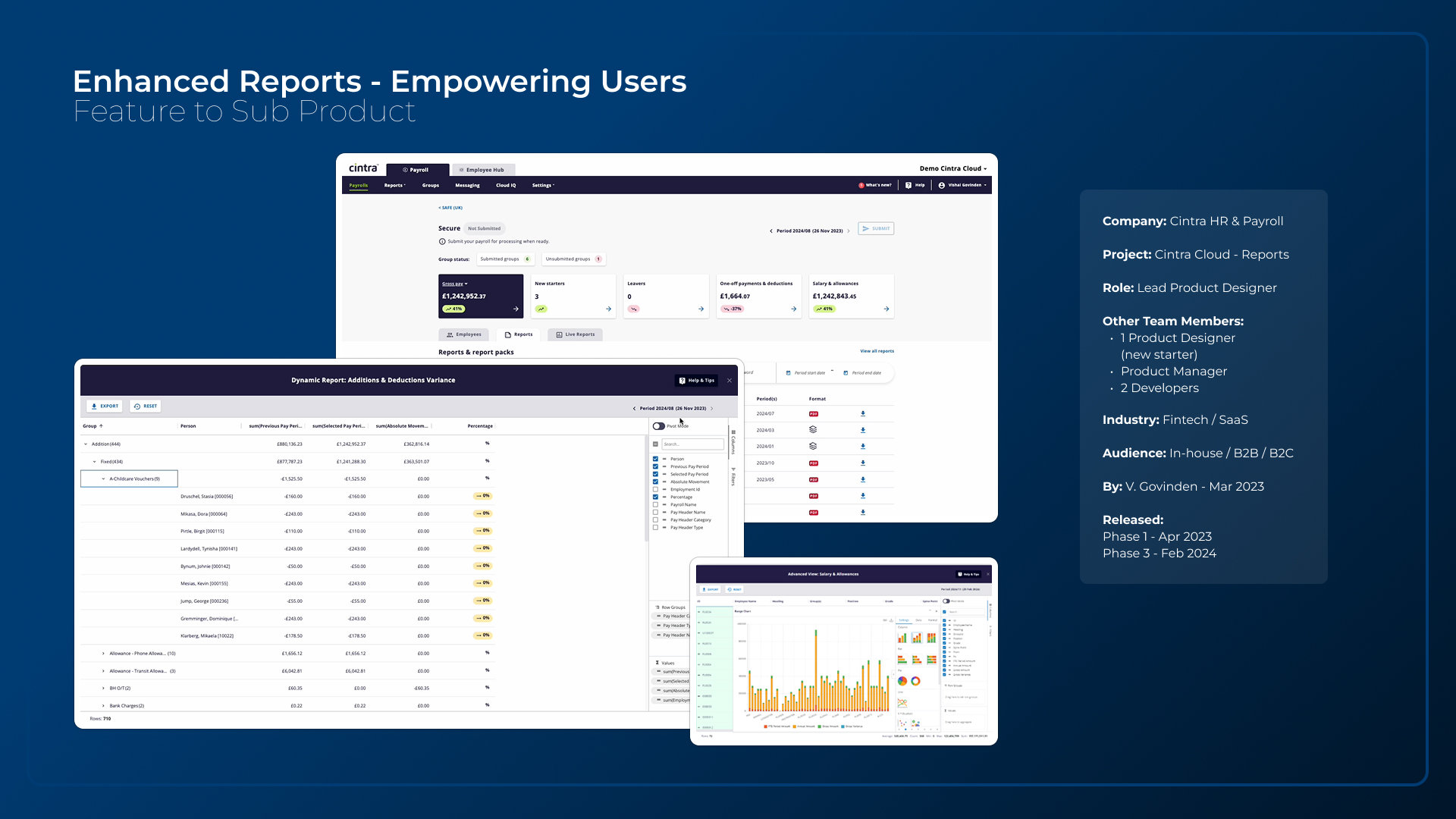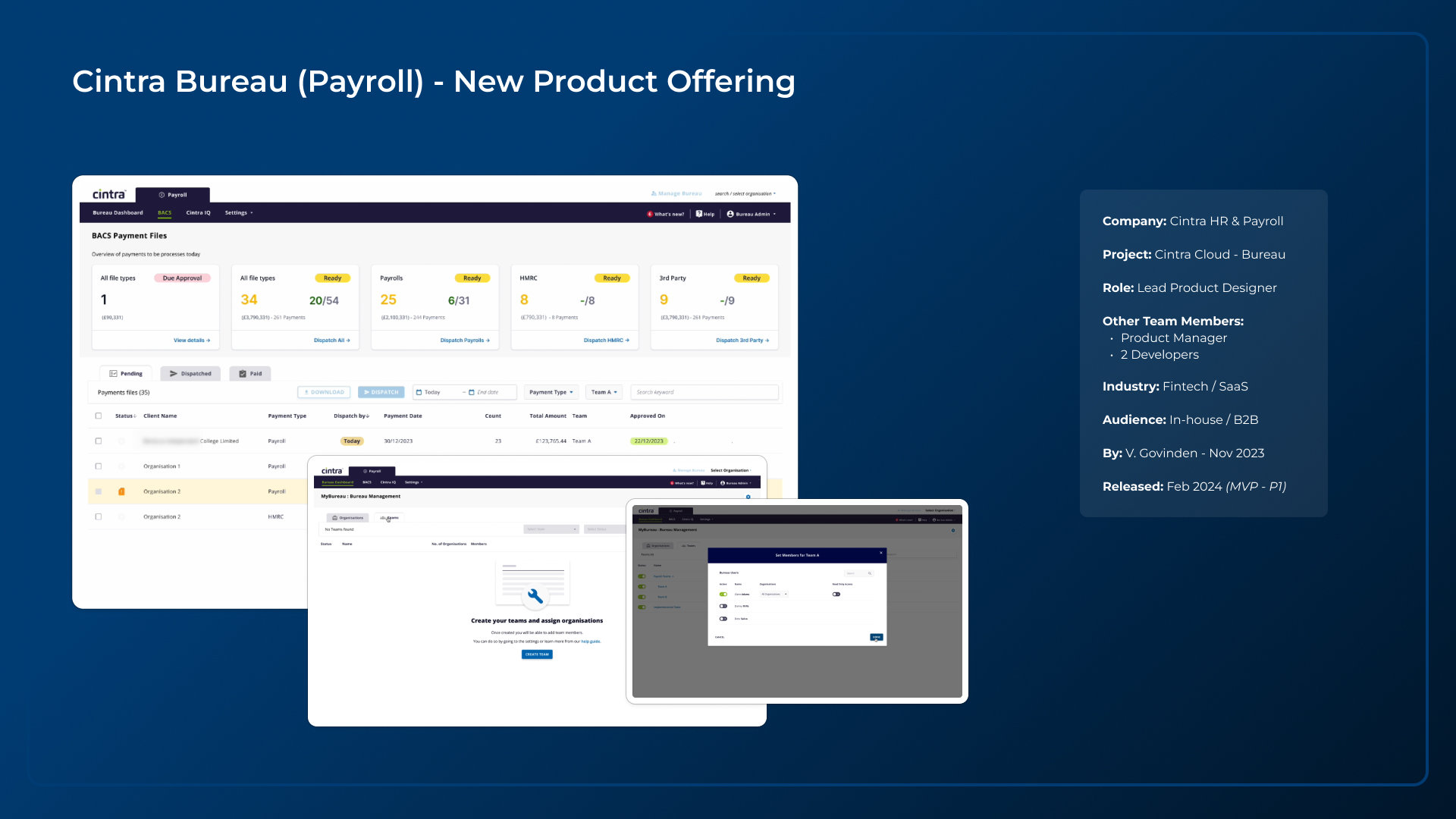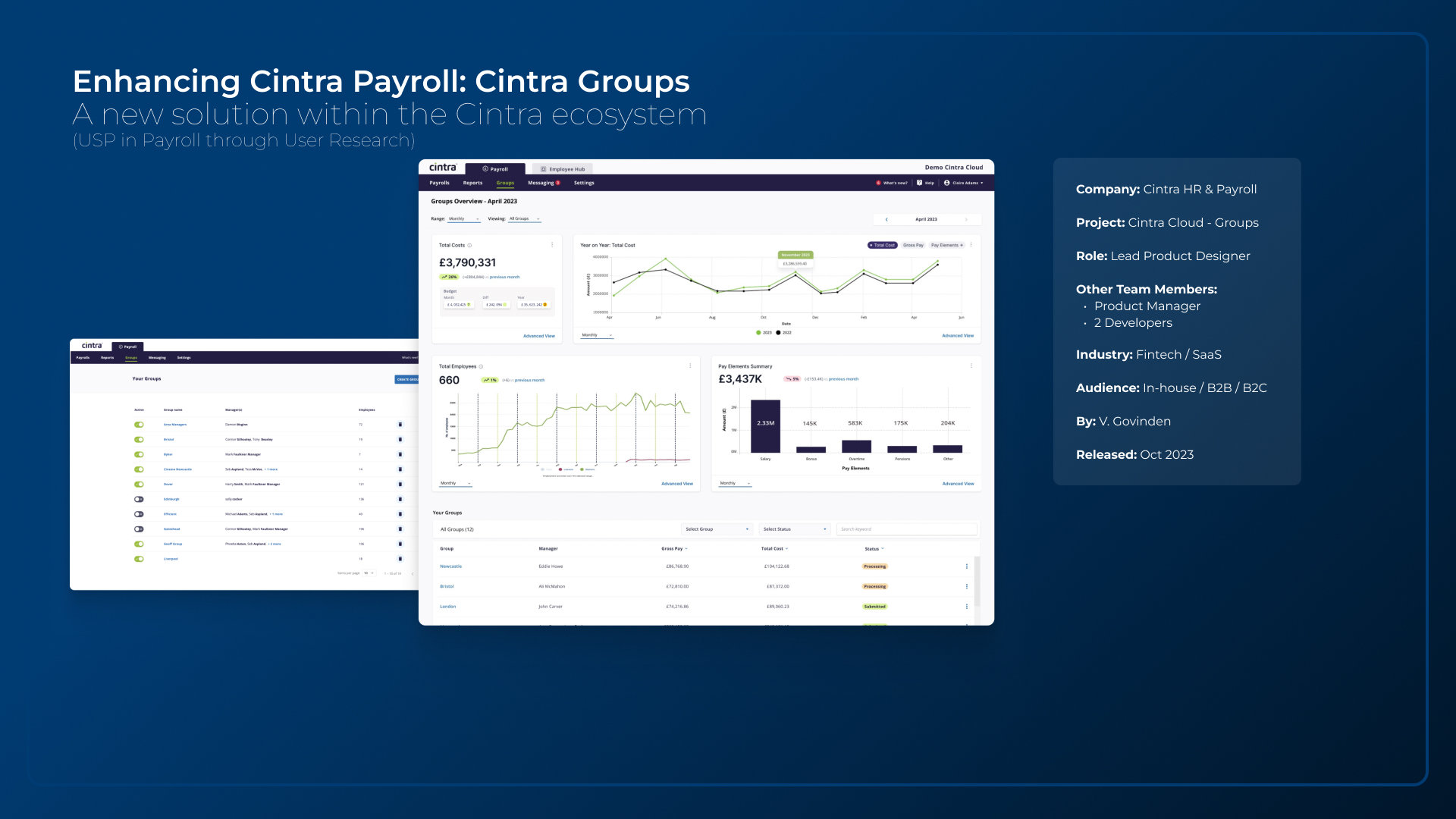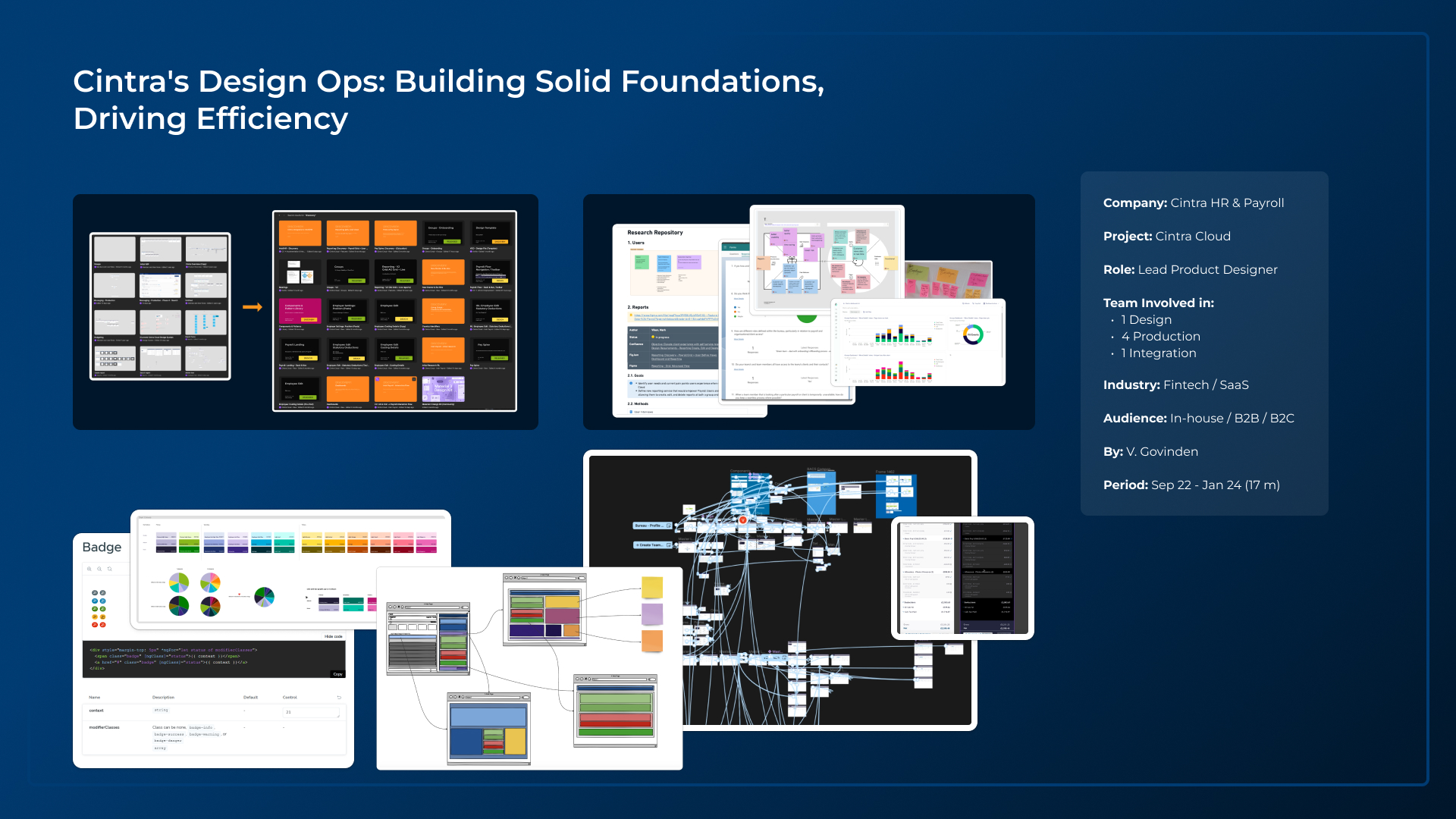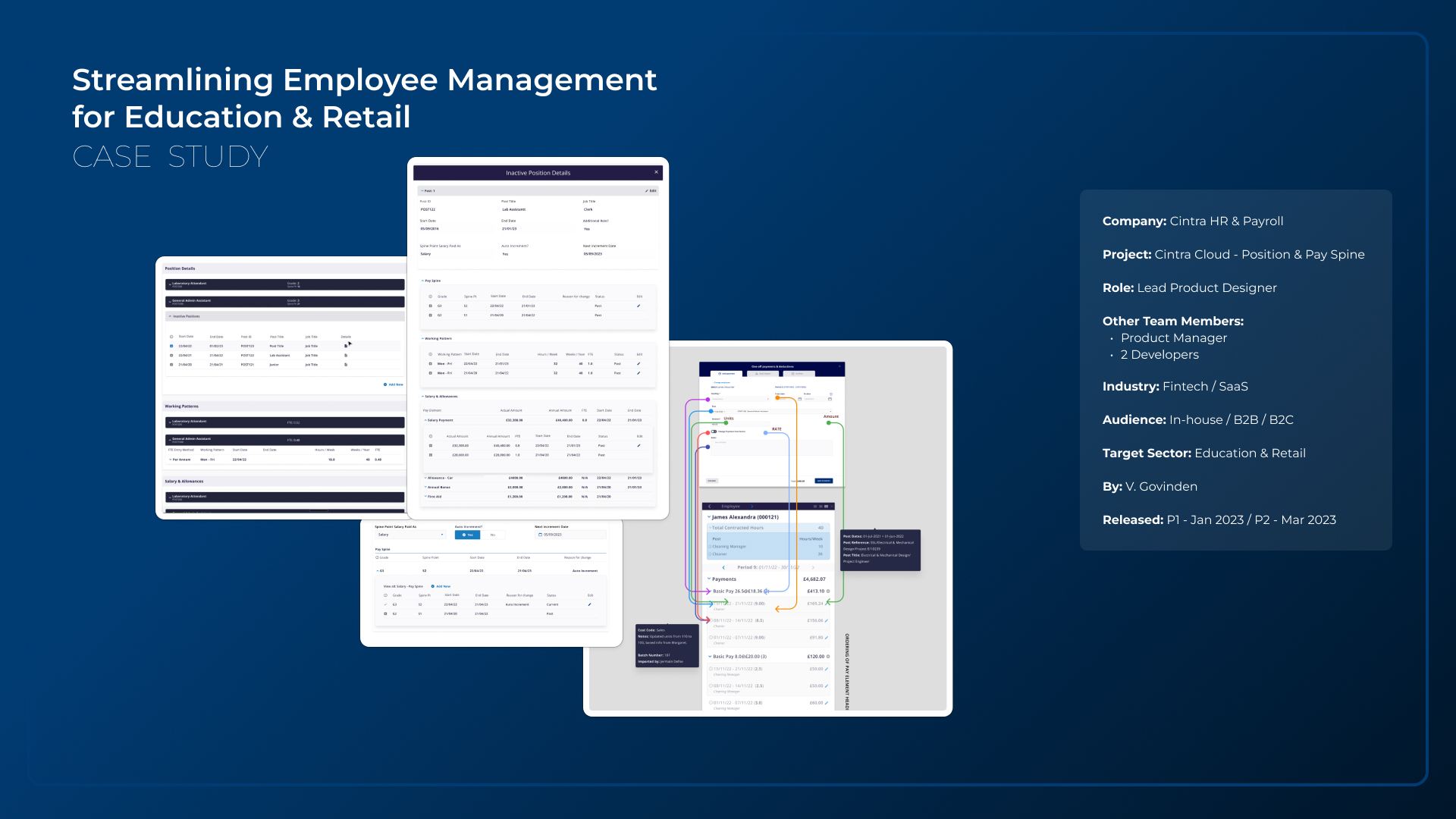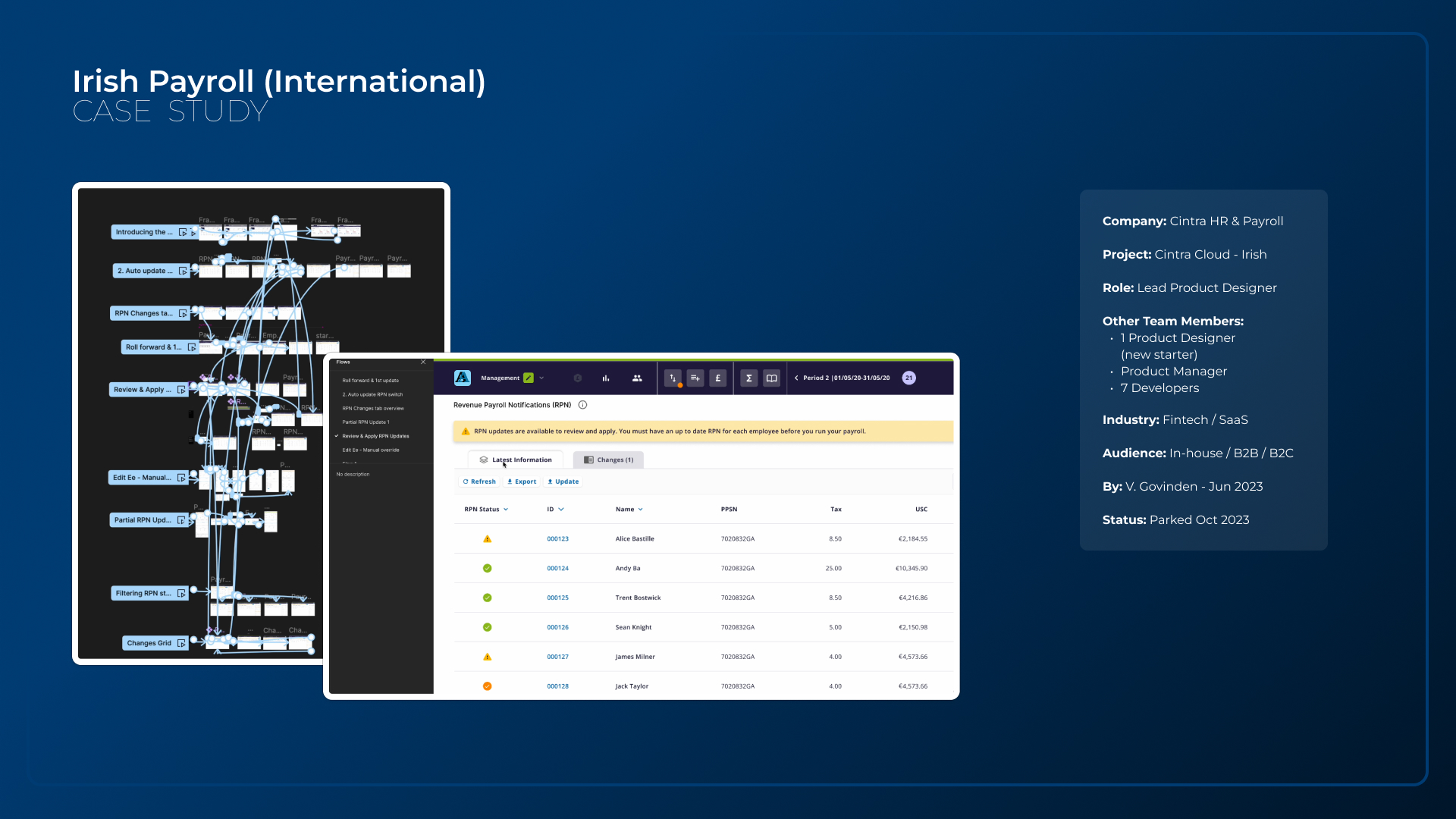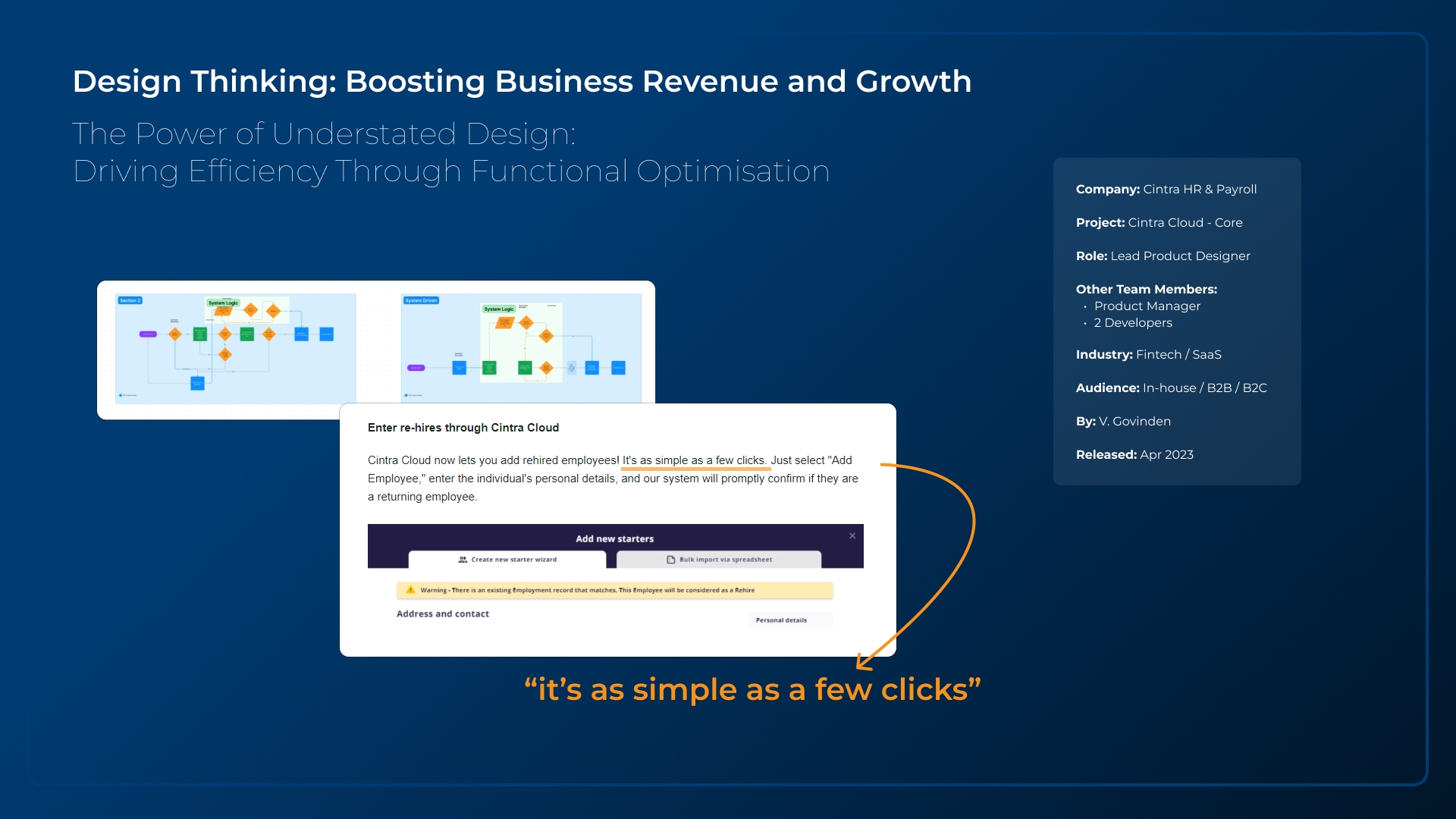Design & Strategy for complexity (2022-2024)
Cintra: Advancing Payroll & HR Technology
Cintra is a leading Payroll & HR service provider and software company, offering proprietary technology for outsourced payroll and HR solutions. Despite its strong industry presence, Cintra had faced challenges in delivering a fully unified cloud-based platform, with previous efforts to develop an MVP version proving unsuccessful over the past few years, though the potential was evident.
My Role in Cintra’s Transformation
As Lead & Senior Product Designer, I played a key role in addressing these challenges, facilitating the transition from legacy systems to a unified SaaS cloud platform. My focus was on enhancing efficiency, security, accessibility, and scalability, refining user journeys, and streamlining workflows.
Beyond solving existing usability issues, I identified new opportunities that led to the development of innovative service offerings, helping Cintra better serve clients and differentiate itself in the market. A major milestone was the successful launch of a groundbreaking payroll management product in October 2024, designed for single and grouped payrolls—strengthening Cintra’s ability to retain and attract high-profile clients.
Results and Impact
Quantifiable Achievements
The redesign and new processes had a significant impact on both the product and its users.
- Accelerated Design Delivery – Enabled faster design iterations, ensuring a high volume of high-quality outputs within shorter timeframes.
- Enhanced Onboarding & Efficiency – Reduced time spent on onboarding new users by up to 50%, resulting in higher user adoption rates.
- Development Time Reduction – Improved development workflows, reducing feature development time by up to 60%, allowing faster releases.
- Improved User Satisfaction – Users responded positively to UX improvements, with noticeable increases in satisfaction scores.
- Increased Client Interest – Key feature innovations attracted major clients and competitors, enhancing Cintra’s market positioning.
- Industry Recognition – Our efforts were recognised with industry awards for innovation and excellence in Payroll technology, reinforcing our leadership in the space and validating our strategic approach.
- Successful Product Launches – The project contributed to the largest set of feature releases since Cintra Cloud’s initial launch in 2020.
Qualitative Impact
Beyond measurable results, the redesign led to strategic improvements:
- Improved User Experience – Enhanced intuitiveness, efficiency, and ease of use across the platform.
- Enhanced Collaboration – Strengthened communication between design and development teams, fostering a more cohesive workflow.
- Stronger Design Culture – Encouraged growth, mentorship, and continuous improvement within the design team.
- Strategic Influence – Positioned design as a key driver in product strategy and decision-making.

Summary of Key Outcomes
The results and impact of my contributions, spanning released products, new & enhanced features, strategic initiatives, and foundational improvements that drive continuous growth.
- Live Reporting – Enabled real-time reporting with cloud-based customisation options, vastly improving user experience.
- Cintra Groups – Transformed a base feature into a dynamic product, integrating live data, reports, and custom dashboards.
- Lean Payroll – Optimised workflows to reduce bottlenecks, creating a consultancy service that improved payroll processing efficiency.
- Cintra Bureau – Developed a multi-tier bureau model with scalable data management, enabling more advanced payroll structures.
- Cintra Cloud - Irish Payroll – Designed market-specific components for Ireland, highlighting global scalability potential, even though the project was later cancelled.
- Advanced View – Launched an improved data grid system to address user pain points, receiving widespread positive feedback.
- Budget Forecasting with AI & ML – Introduced predictive modelling to help clients manage financial planning more effectively.
- Structured Design System – Implemented a scalable framework, significantly reducing development time and improving consistency.
- Sustainable UX Practices – Advocated for resource-efficient, optimised interfaces and workflows, creating a more sustainable product.
- Team Development – Mentored and guided design talent, strengthening the capabilities of the team and fostering collaboration.
Case Studies
